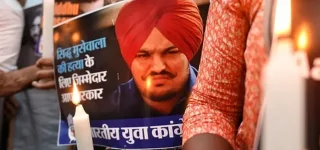These festivals are so unique in nature that they will blow away your mind…
1. Thaipusam
Extensive body piercings.
Location:
Tamil Hindus in India, Malaysia, Sri Lanka, Mauritius, Fiji, South Africa, Singapore, Indonesia, Guadalupe, Reunion, Thailand, Myanmar and Seychelles.
Date:
On the full moon in the Tamil Month of Thai (January/February)
History:
The festival commemorates the occasion when Parvati gave Murugan a Vel “spear” so he could vanquish the evil demon Soorapadman.
2- Boryeong Mud Festival
A mud pool, mud slides, mud prison and mud skiing competitions. Colored mud is also produced for body painting. A large stage is erected on the beach, which is used for live music, competitions and various other visual attractions.
Location:
Boryeong, South Korea.
Date:
Every Summer
History:
In 1996 a range of cosmetics was produced using mud from the Boryeong mud flats. The cosmetics were said to be full of minerals, bentonites, and germaniums, all of which occur naturally in the mud from the area. In order to promote these cosmetics, the Boryeong Mud Festival was conceived. Through this festival, it was hoped people would learn more about the mud and the cosmetics.
3. The Monkey Buffet Festival
Includes giving fruits and vegetables to the local monkey population of 2,000.
Location:
Lopburi, Thailand
Date:
Every year on the last Sunday of November
History:
For the benefit of monkeys
4. Fiesta de Santa Marta de Ribarteme
3 people in northwest Spain who have had near-death experiences climb into coffins. The boxes are carried into Santa Marta de Ribarteme, the church dedicated to Mary Magdalene’s sister, with the coffins’ inhabitants playing dead. Pilgrims without relations to shoulder them must lug empty coffins. Afterwards, the procession heads up the hill to the cemetery, then returns to the church, where a statue of Saint Martha is produced. Chanting ‘Virgin Santa Martha, star of the North, we bring you those who saw death’, participants offer the shrine financial tokens of gratitude that their loved ones scraped through their scary experiences.
Location:
Santa Marta de Ribarteme, Las Nieves, Pontevedra, Galicia, Spain
Date:
29 July
History:
The festival combines Christianity with paganism and, typically, a large dose of profanity.
5. The Argungu Fishing Festival
On the final day of the festival, a competition is held in which thousands of men and women line up along the river and at the sound of a gunshot, all of them jump into the river and have an hour to catch the largest fish. The winner can take home as much as 7,500 US dollars. Competitors are only allowed to use traditional fishing tools and many prefer to catch fish entirely by hand.
Location:
The State of Kebbi, Northern Nigeria. The festival usually took place in Argungu, the capital city of Argungu Emirate Council.
Date:
Annual
History:
The festival began in the year 1934, as a mark of the end of the centuries old hostility between the Sokoto Caliphate and the Kebbi Kingdom.
6. Stiletto Run
Also known as high heel races, pitting ladies against each other in 7cm high heels and no more than 1.5cm wide at the base. The races can be anywhere from 45m to 200m in length, usually through a blocked-off road in the middle of a city.
Location:
Amsterdam, Netherlands
Date:
Annual
History:
For the chance to win prizes and support various women’s health and rights issues
(Even men can strap on stilettos for male-division runs in Buffalo, NY and the Philippines)
7. El Dia de Los Muertos
Building private altars called ofrendas, honoring the deceased using sugar skulls, marigolds, and the favorite foods and beverages of the departed, and visiting graves with these as gifts. Visitors also leave possessions of the deceased at the graves.
Location:
Mexico
Date:
October 31
History:
By the late 20th century in most regions of Mexico, the practices had developed to honor dead children and infants on November 1, and to honor deceased adults on November 2. November 1 is generally referred to as Día de los Inocentes (“Day of the Innocents”) but also as Día de los Angelitos (“Day of the Little Angels”); November 2 is referred to as Día de los Muertos or Día de los Difuntos (“Day of the Dead”)
8. Hadaka Matsuri
Over 9,000 men participate in this festival in hopes of gaining luck for the entire year. Participants wear a minimum amount of clothing; usually just a Japanese loincloth (called fundoshi), sometimes with a short happi coat, and rarely completely naked. They struggle fiercely with one another over a pair of lucky sacred sticks measuring 4 cm in diameter and 20 cm in length, thrown into the crowd by the priest from a window 4 m up. Anyone who luckily gets hold of the shingi and thrusts them upright in a wooden measuring box known as a masu which is heaped with rice is called the lucky man, and is blessed with a year of happiness. The other lucky items are bundles of willow strips, and although 100 of these are thrown into the crowd, it is not an easy task to catch them.
Location:
Japan
Date:
February 15th
History:
The origins of this festival date back 500 years when worshipers competed to receive paper talismans called Go-o thrown by the priest. These paper talismans were tokens of the completion of New Year ascetic training by the priests. As those people receiving these paper talismans had good things happen to them, the number of people requesting them increased year by year. However, as paper was easily torn, the talismans were changed to the wooden ofuda that we know today.
9. Guy Fawkes Night
Bonfire night and Firework night. The tradition is burning tar barrels and parading through the town carrying these barrels
Location:
Great Britain
Date:
November 5th
History:
Celebrating the fact that King James I had survived the attempt on his life, people lit bonfires around London, and months later the introduction of the Observance of 5th November Act enforced an annual public day of Thanksgiving for the Gunpowder plot’s failure.
10. Glastonbury Music Festival
In addition to contemporary music, the festival hosts dance, comedy, theatre, circus, cabaret, and other arts.
Location:
Pilton, England
Date:
Last Weekend in June
History:
Glastonbury was heavily influenced by hippie ethics and the free festival movement in the early 1970s, beginning with the Isle of Wight Festival, which featured performances by The Who, amongst many other artists. Organiser Michael Eavis decided to host the first festival, then called Pilton Festival, after seeing an open-air concert headlined by Led Zeppelin at the 1970 Bath Festival of Blues and Progressive Music.
11. Oktoberfest
The main highlight of the16 day folk festival Wiesn events and an important must-see is the Oktoberfest Costume and Riflemen’s Parade. The parade happens every year on the first Wiesn Sunday.
Other important events are the Parade of Oktoberfest Landlords and Breweries, the Official Tapping of the Keg, the Oktoberfest Mass , “Böllerschießen” (handheld canon salute) in front of the Bavaria statue and – this year- an agricultural festival.
Location:
Munich, Bavaria, Germany
Date:
Late Sept to first weekend of Oct
History:
Crown Prince Ludwig, was married to Princess Therese of Saxe-Hildburghausen on October 12, 1810. The citizens of Munich were invited to attend the festivities held on the fields in front of the city gates to celebrate the happy royal event. To end the celebrations from the Royal wedding on 17 October, horse races were held in their honor, presumably thought to have been a repetition of the Scharlachrennen (Scarlet Race) which took place in the 15th century in front of the Karlstor and was part of the Jakobidult.
12. Fire Ball Festival
Balls are made of rags and tied up with wire and sunk into kerosene for a month. Young people burn the balls and dance.
Location:
Nejapa, El Salvador
Date:
August 31st.
History:
In 1922, an erupting volcano forced the people of, to evacuate. As they were leaving, locals saw great balls of fire spewing out of the volcano and believed that their patron saint, San Jeronimo, was actually fighting the devil for them. So to honor this event, where their heroic saint saved the villagers from burning alive, everybody gets together once a year and burns each other alive. The city divides itself into two teams, then everybody wads up some old rags, dips them in kerosene for a month, sets them ablaze and hurls them at their neighbors, because apparently Jeronimo was the Patron Saint of Arson. Sure, the revelers mostly come equipped with water-soaked gloves, clothes and masks for safety.
13. Molten-Iron-Throwing Festival
A small team of farmers spoon molten hot metal from buckets before hurling it at a purpose-built brick wall. The rapidly cooling metal rains down in fountains of brightly glowing shards resulting in an impressive pyrotechnic display, which is locally called DaShuHua (beating the tree to produce flowers). The only barriers between the molten iron and the throwers are a sheepskin jacket, goggles, and a straw hat to protect against the splash of hot metal. The wooden ladles are soaked in water for three days before the show to prevent them from combusting on impact.
Location:
The town of NuanQuan approximately four hours’ drive west of Beijing
Date:
15th and final day of the Chinese Lunar New Year festivities
History:
Around 300 years ago, there were many blacksmith shops in the farming town of NuanQuan. During Chinese New Year, it is a tradition to let off fireworks in an effort to scare off demons during the lantern festival. While the wealthy would buy fireworks, the blacksmiths and farmers couldn’t afford them. Inspired by the sparks emitted during their iron working, a group of brave blacksmiths one year decided to splash molten metal on the city walls, creating beautiful flower shapes from the cooling iron.
14. Goose Pulling Festival
Fastening a dead goose with a well-greased head to a rope or pole that was stretched across a road. A man riding on horseback at a full gallop attempts to grab the bird by the neck in order to pull the head off.Sometimes a dead hare is substituted.
Location:
Throughout Germany and the Netherlands
Date:
Each year on Shrove Tuesday
History:
Originated as a sport. The Dutch settlers of North America brought it to their colony of New Netherland and from there it was transmitted to English-speaking Americans. Goose-pulling was taken up by those at the lower levels in American society, though it could attract the interest of all social strata.
15. El Colacho
Any baby that was born in the previous 12 months is placed on a mattress in the street while all the adult men of the village take turns jumping over them.
Location:
Spanish village of Castrillo de Murcia
Date:
Every year on the feast of Corpus Christi
History:
The origins of the tradition are unknown but it is said to cleanse the babies of original sin, ensure them safe passage through life and guard against illness and evil spirits.
16. The Songkran Festival
The tradition of soaking people (mostly women) with water is typical. The traditional water pouring is meant as a symbol of washing away all of their sins and bad luck, and it sometimes has fragrant herbs added if celebrated in the traditional manner.
In 2014 “Celebrate Singapore,” a large two-day Songkran-style water festival, was planned for Singapore and the event was promoted as the “largest water festival party in Singapore”
Location:
Thailand, Northeastern areas of India, Hungary, Poland, Slovakia and the eastern part of the Czech Republic and even Singapore.
Date:
April 13 – 15th
History:
Traditional New Year’s Day keeping with the Buddhist/Hindu solar calendar
 Also See: 6 Greatest Pakistani Festivals You Did Not Know About
Also See: 6 Greatest Pakistani Festivals You Did Not Know About

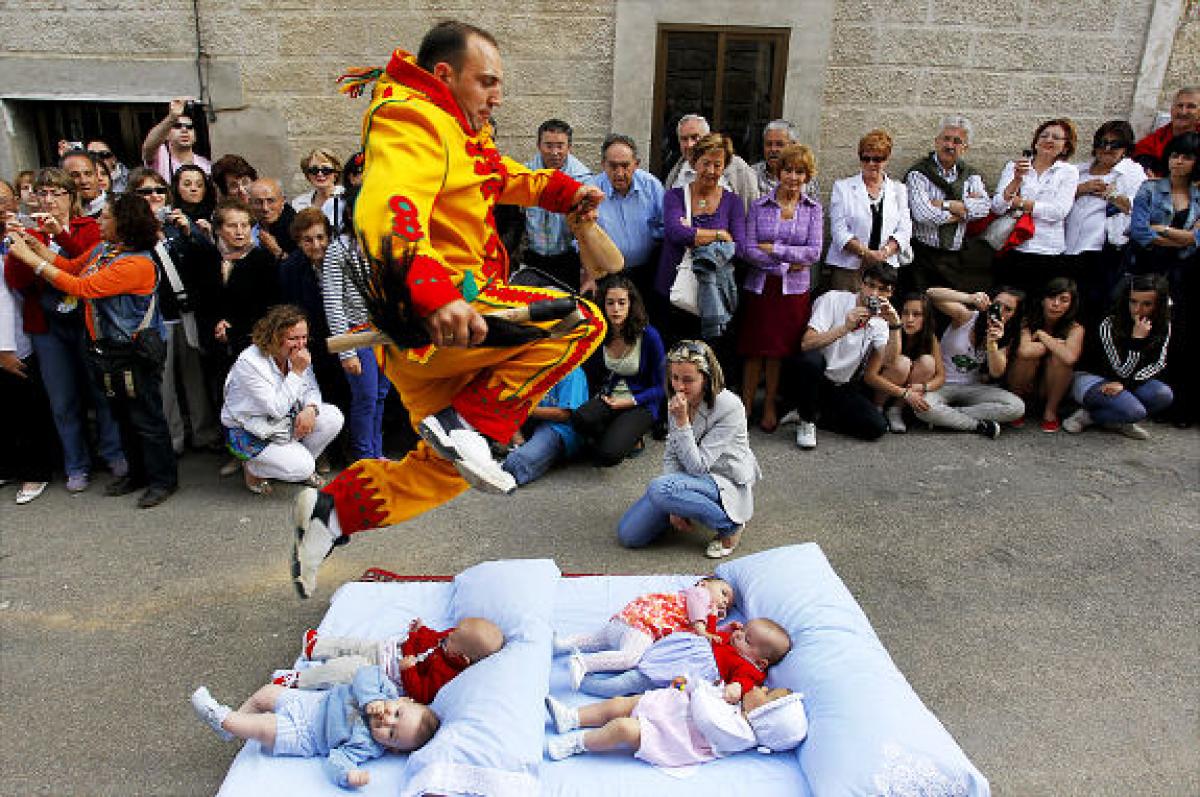
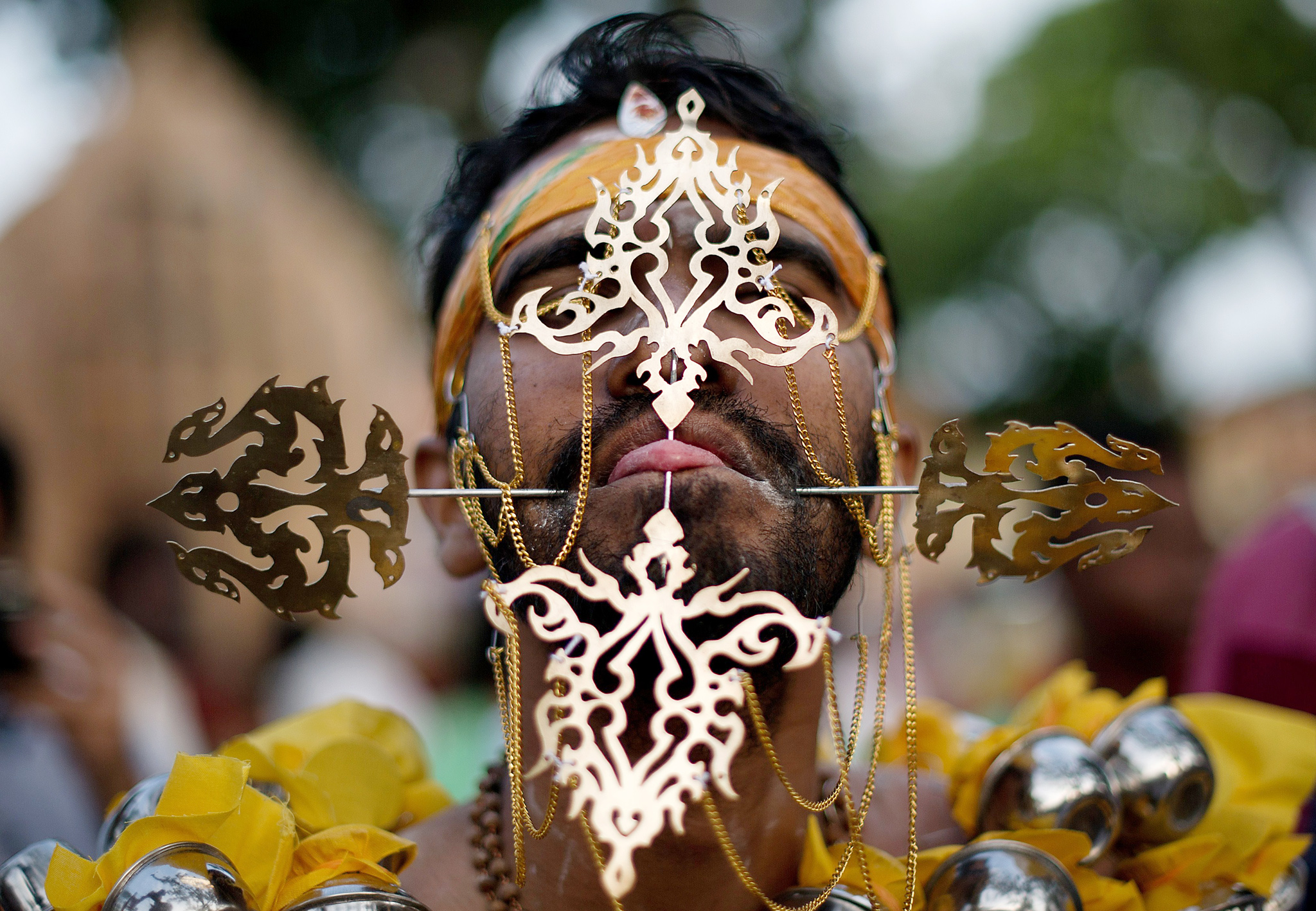
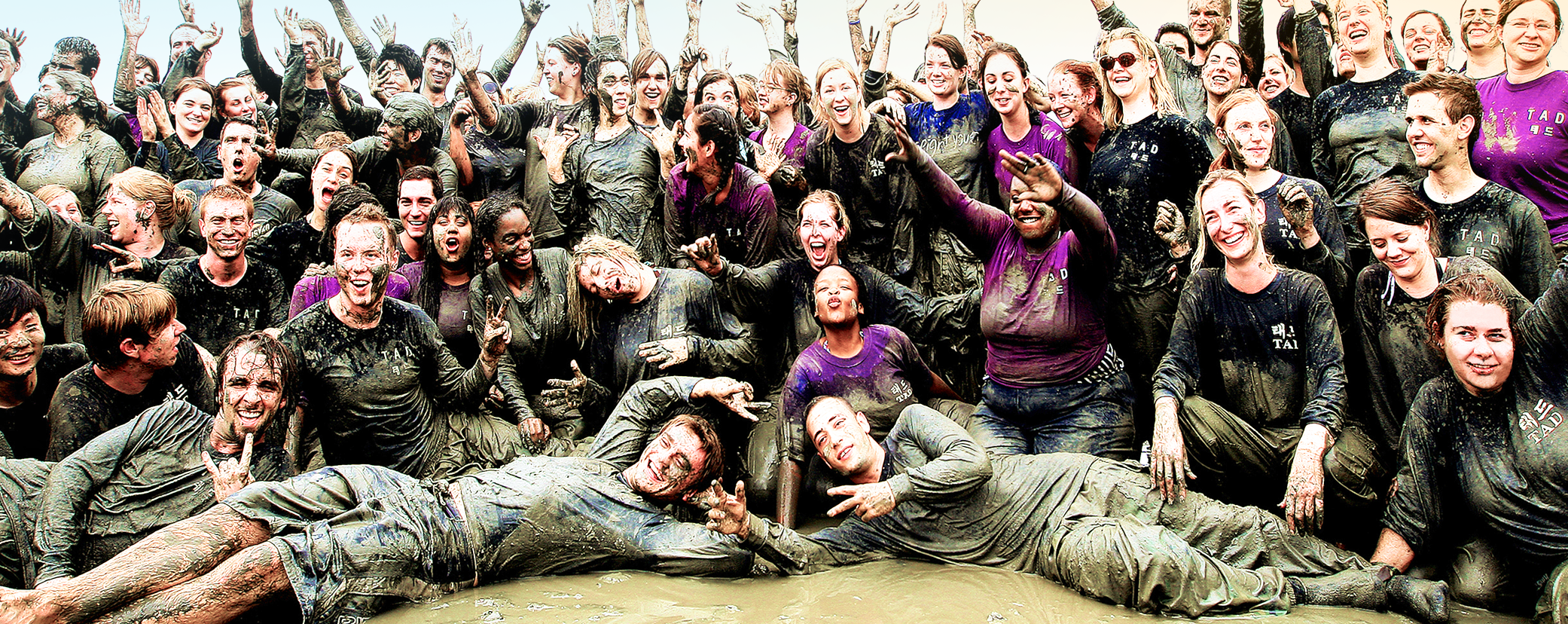
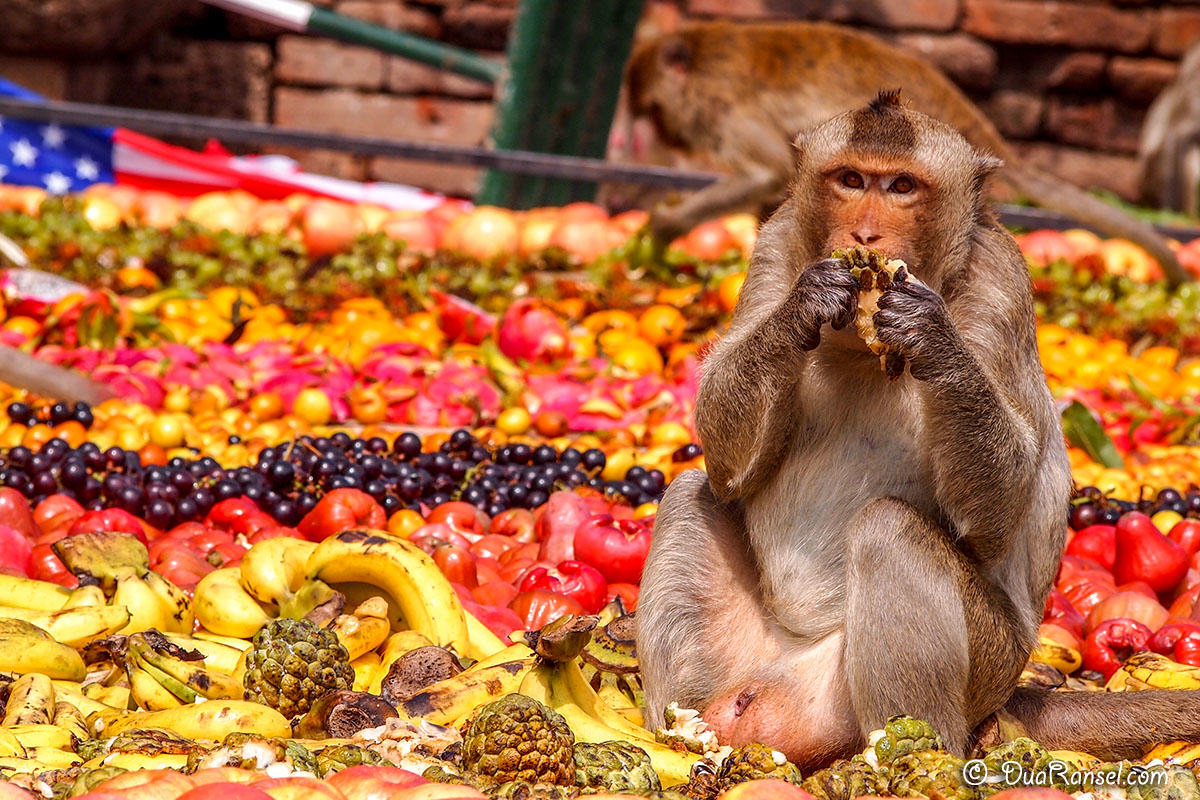
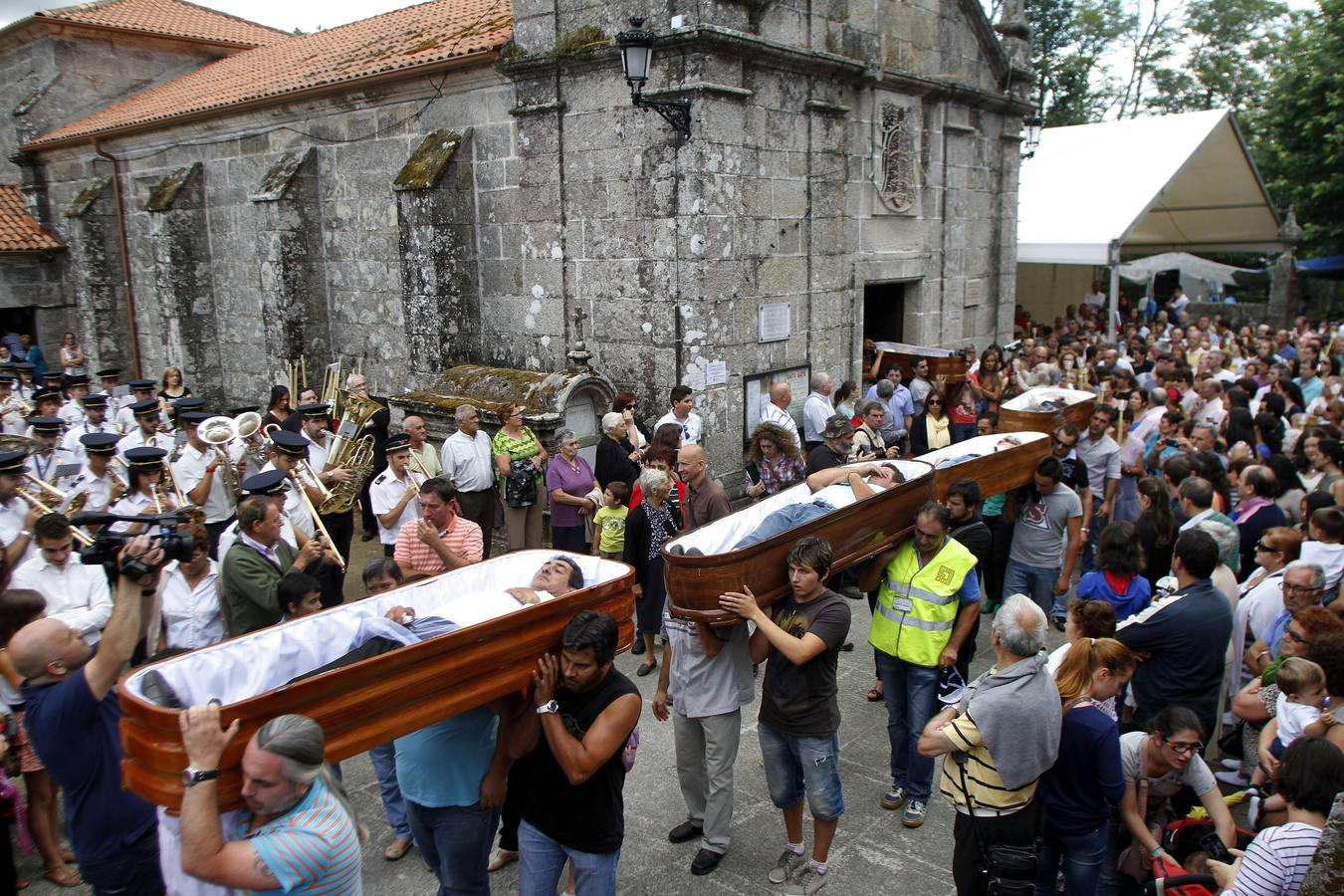
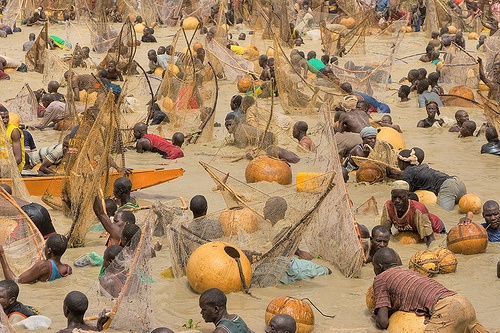

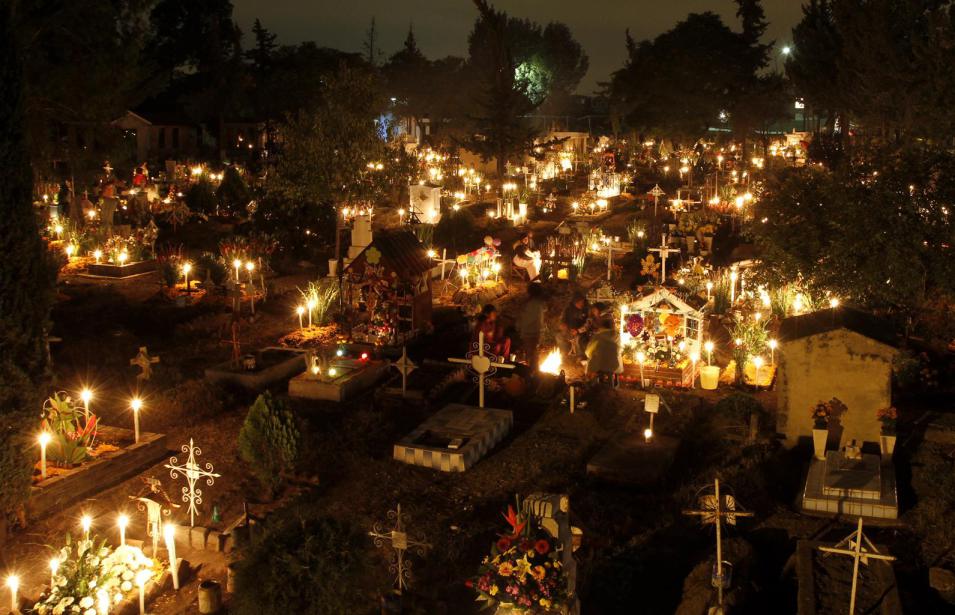

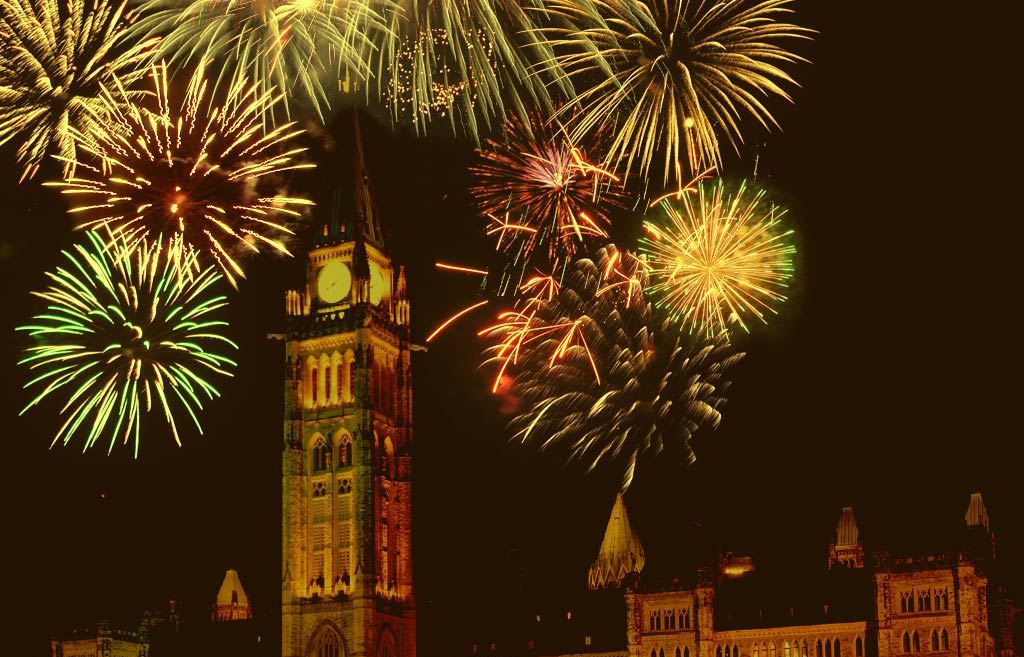
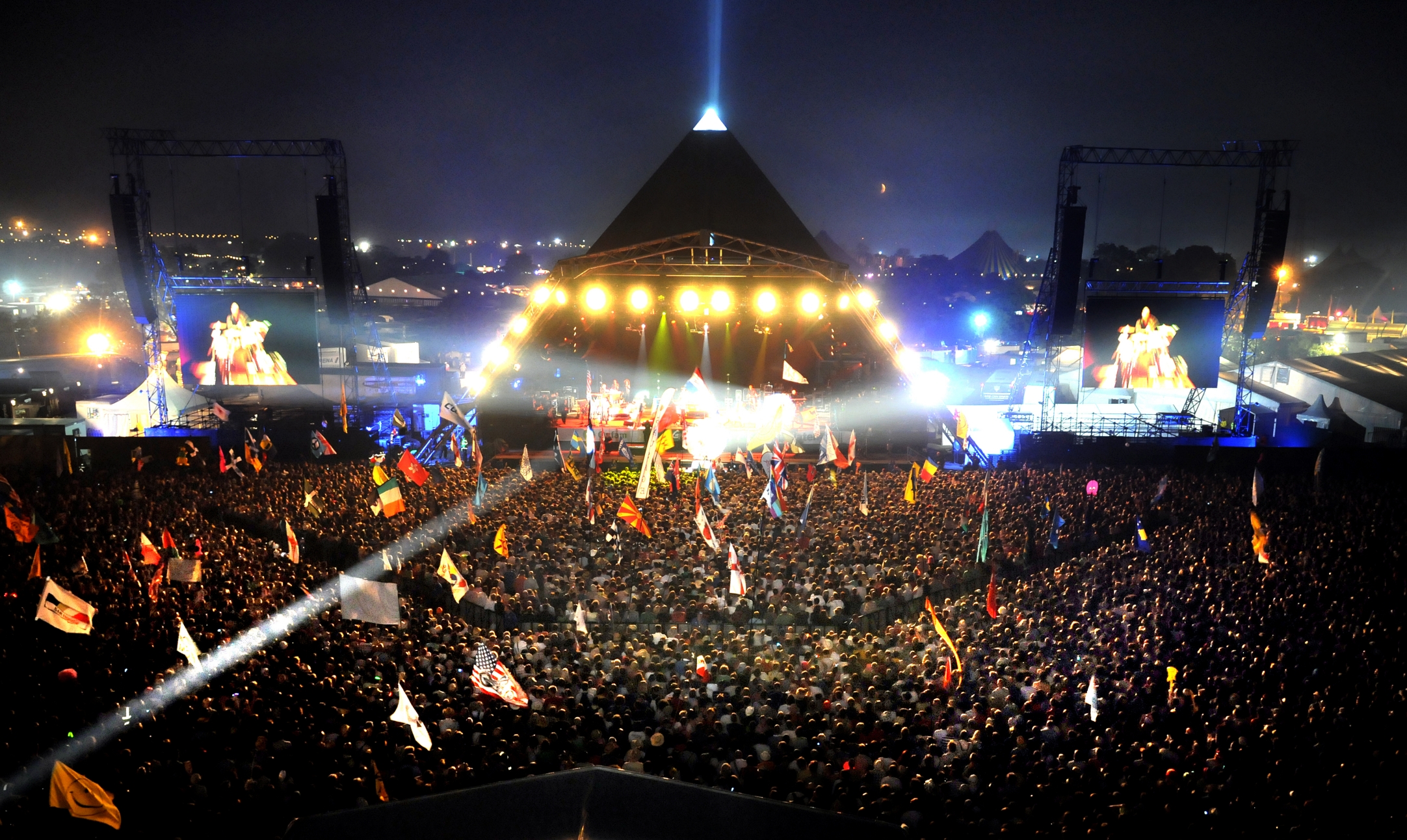
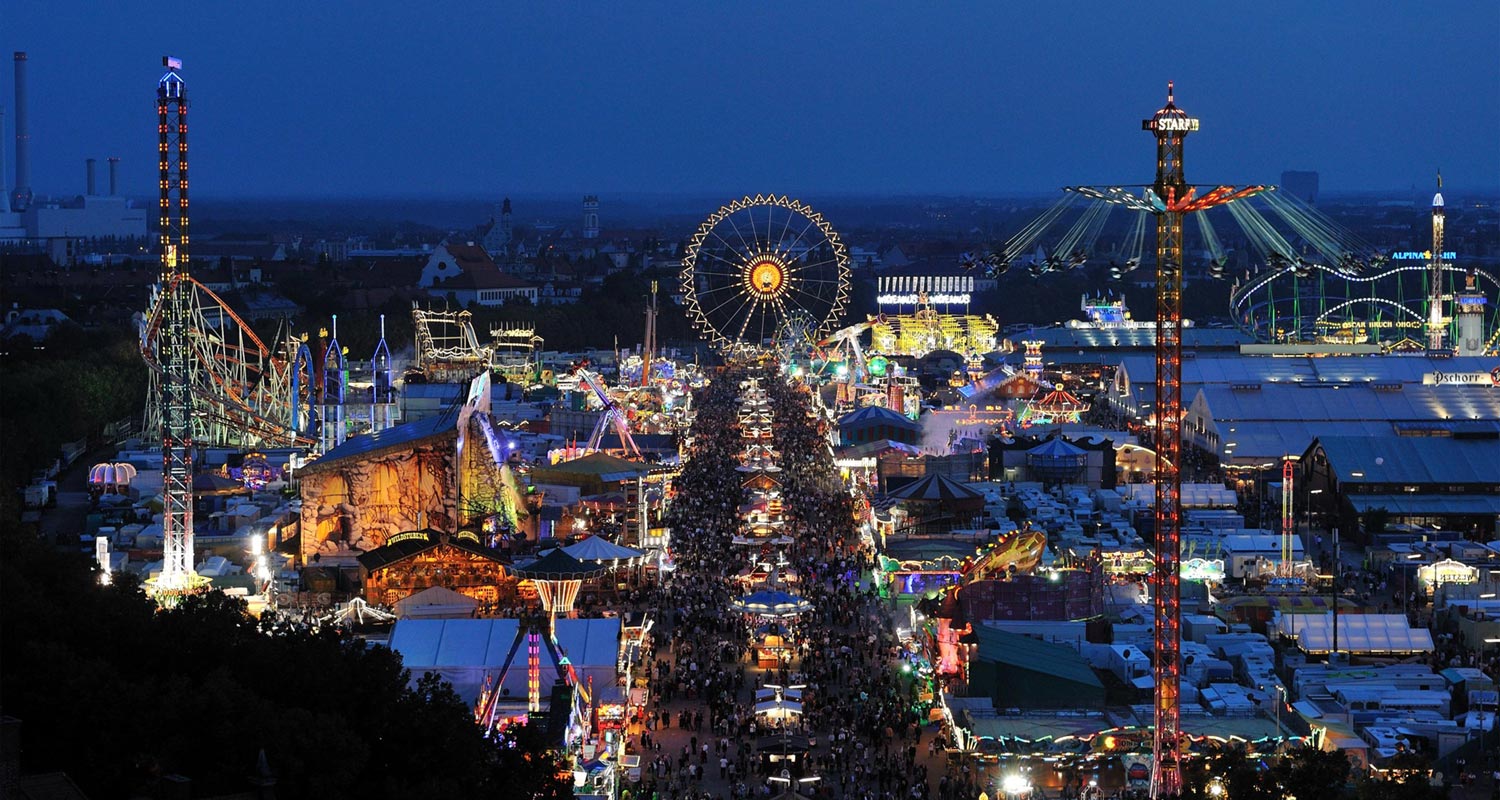
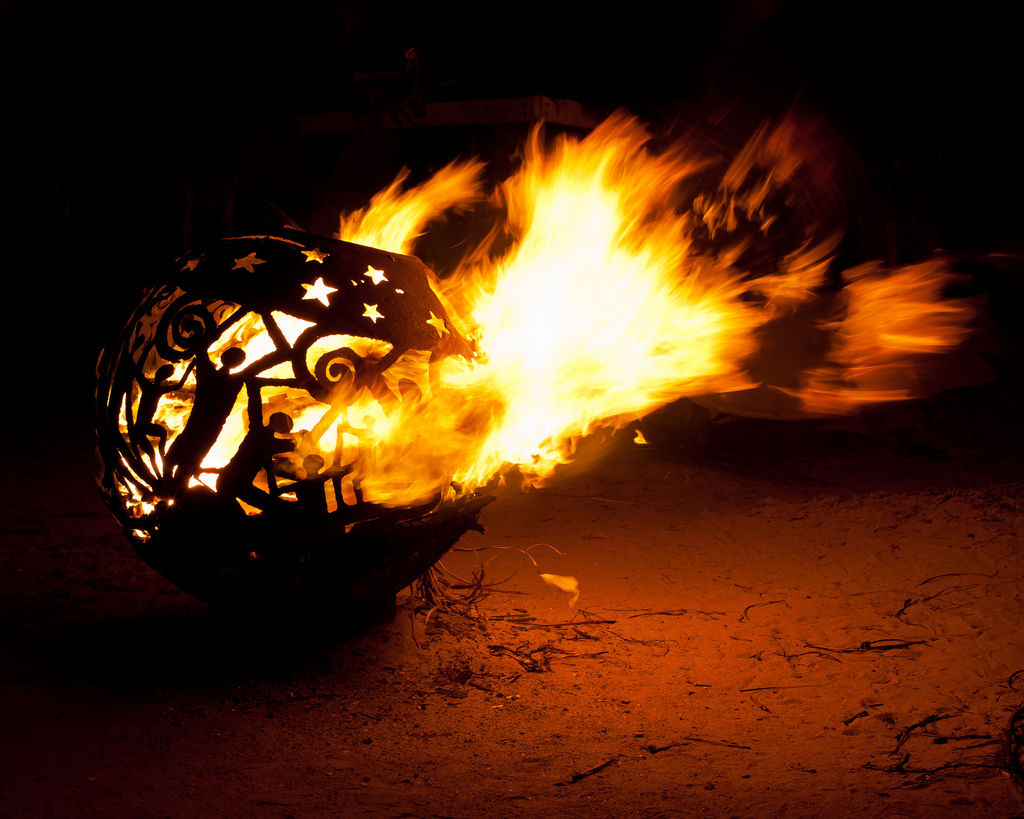
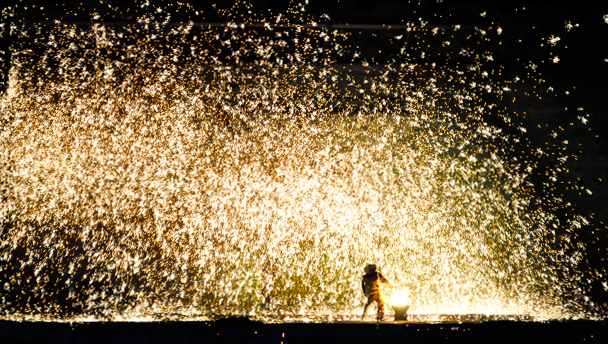
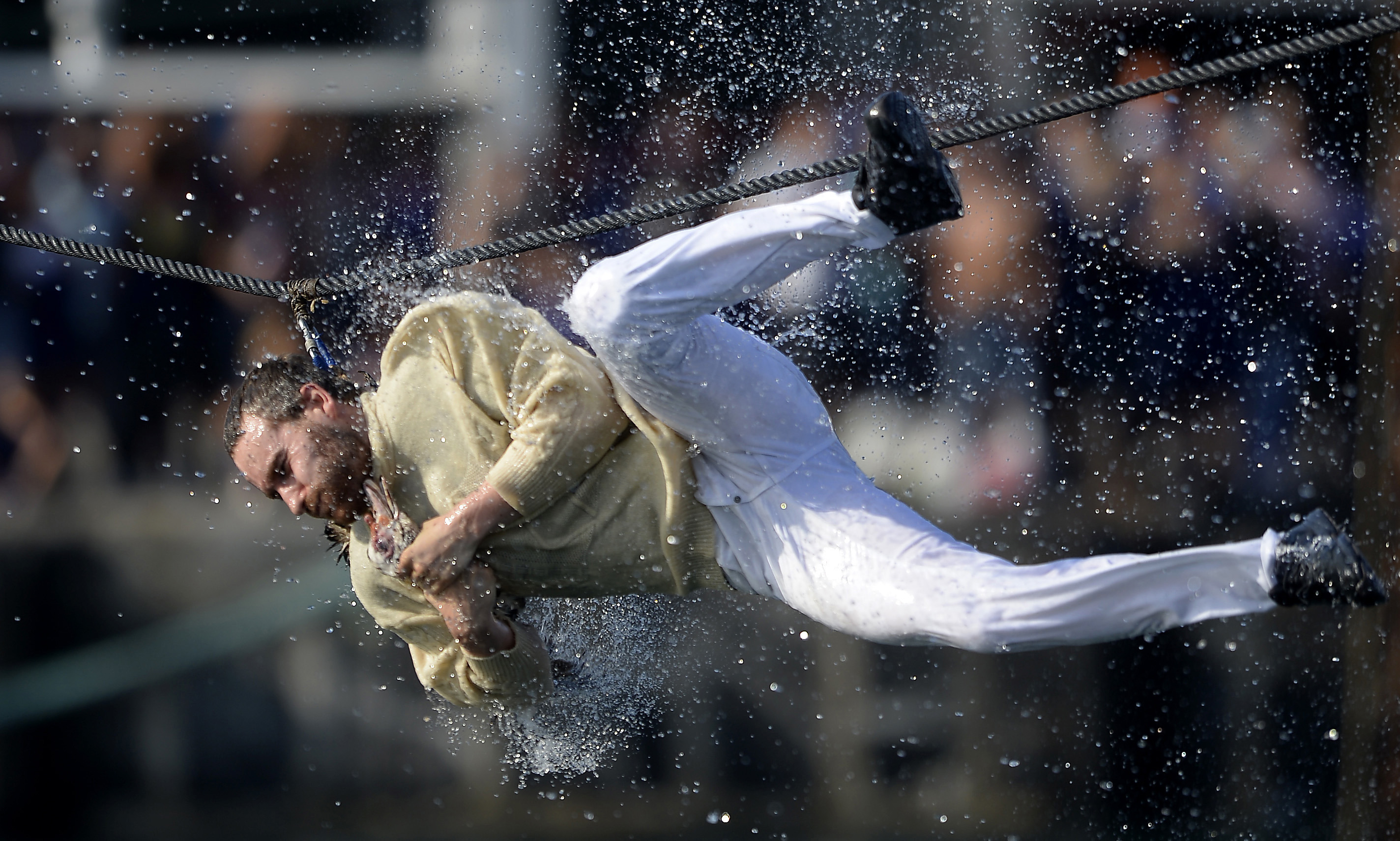
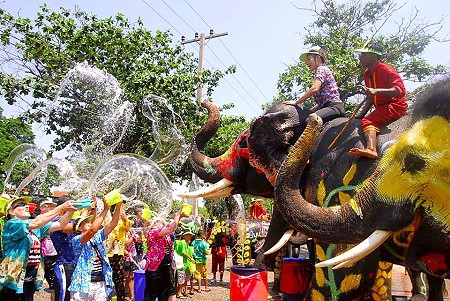
 Also See:
Also See: 